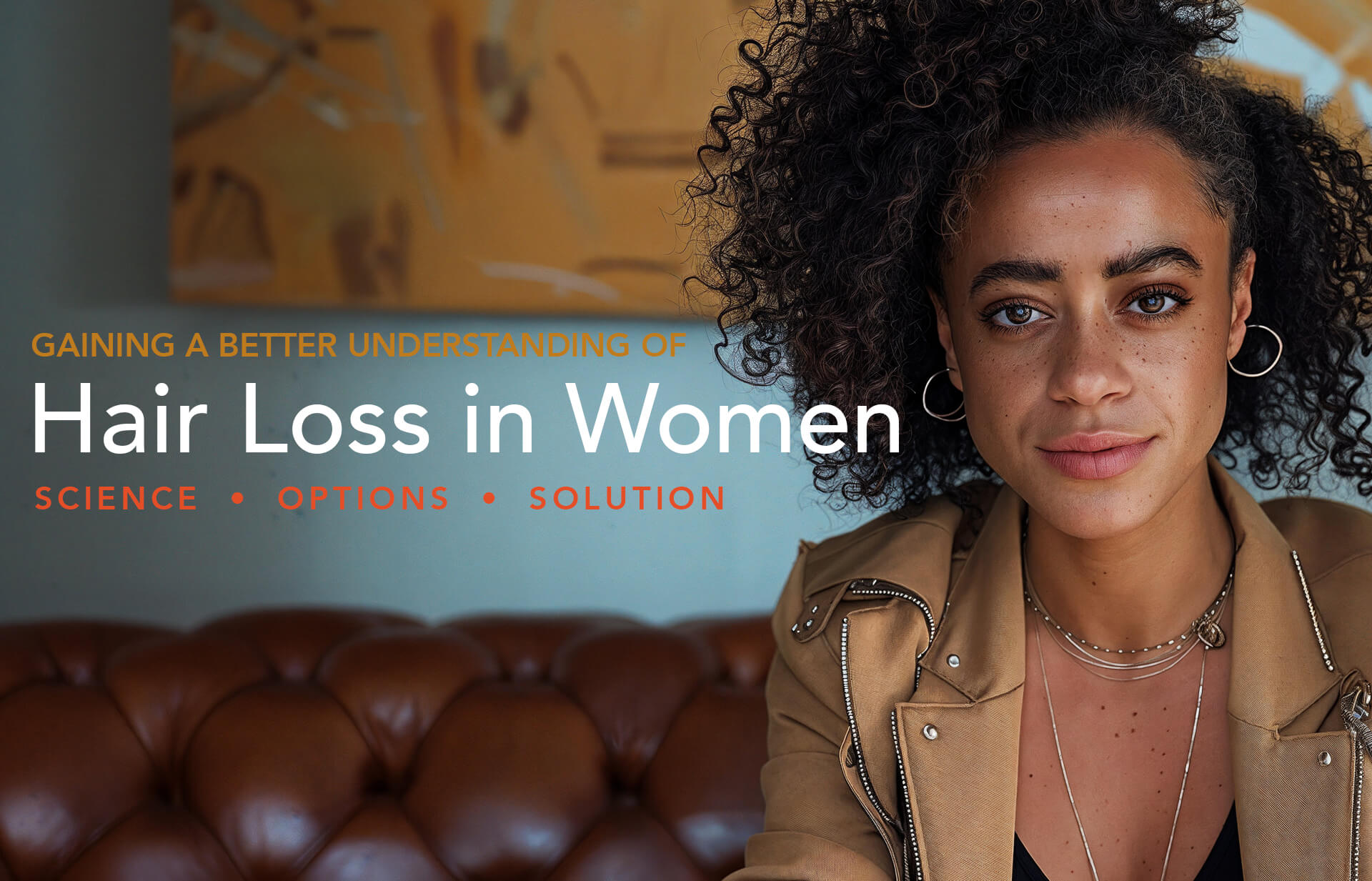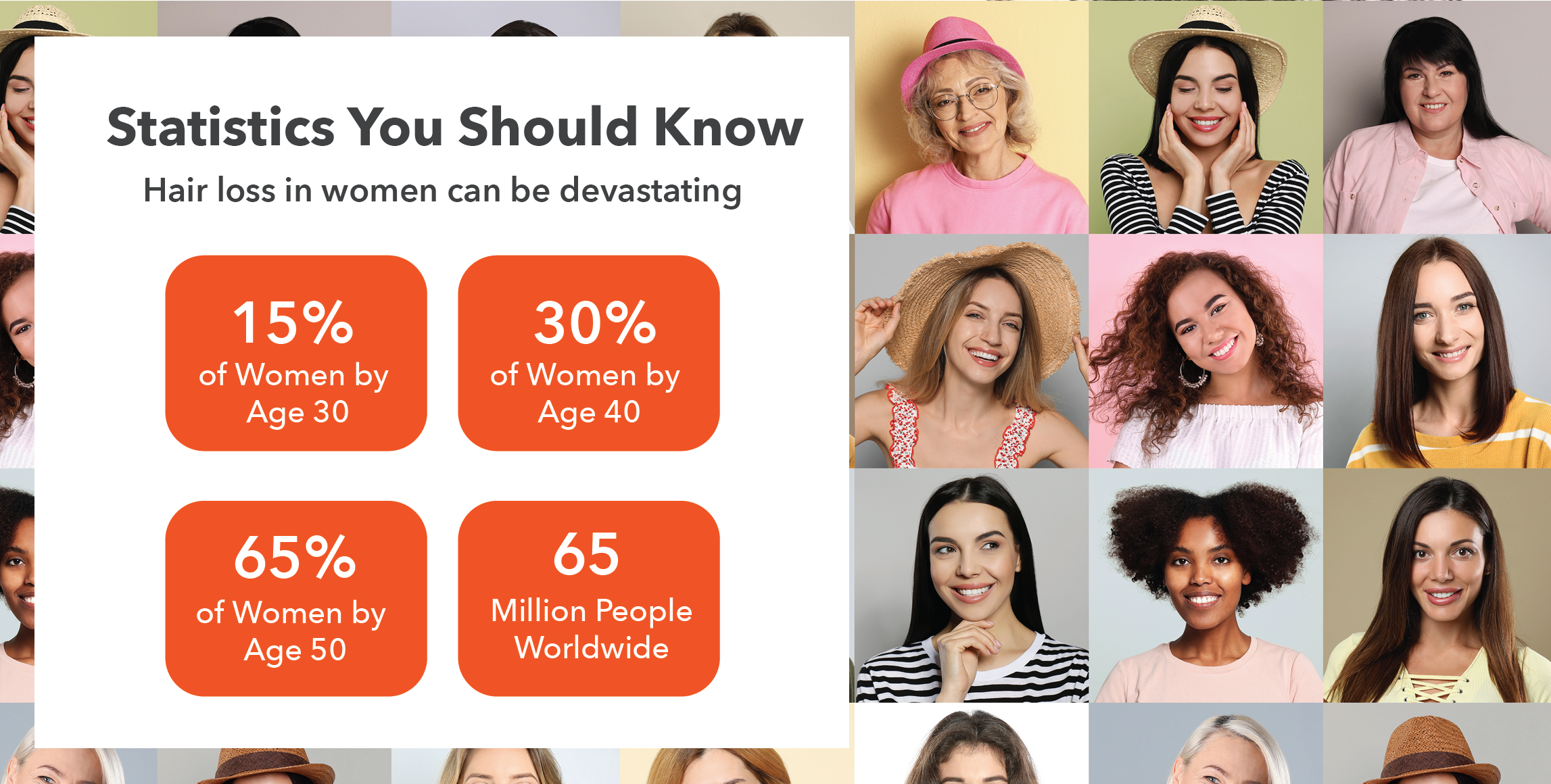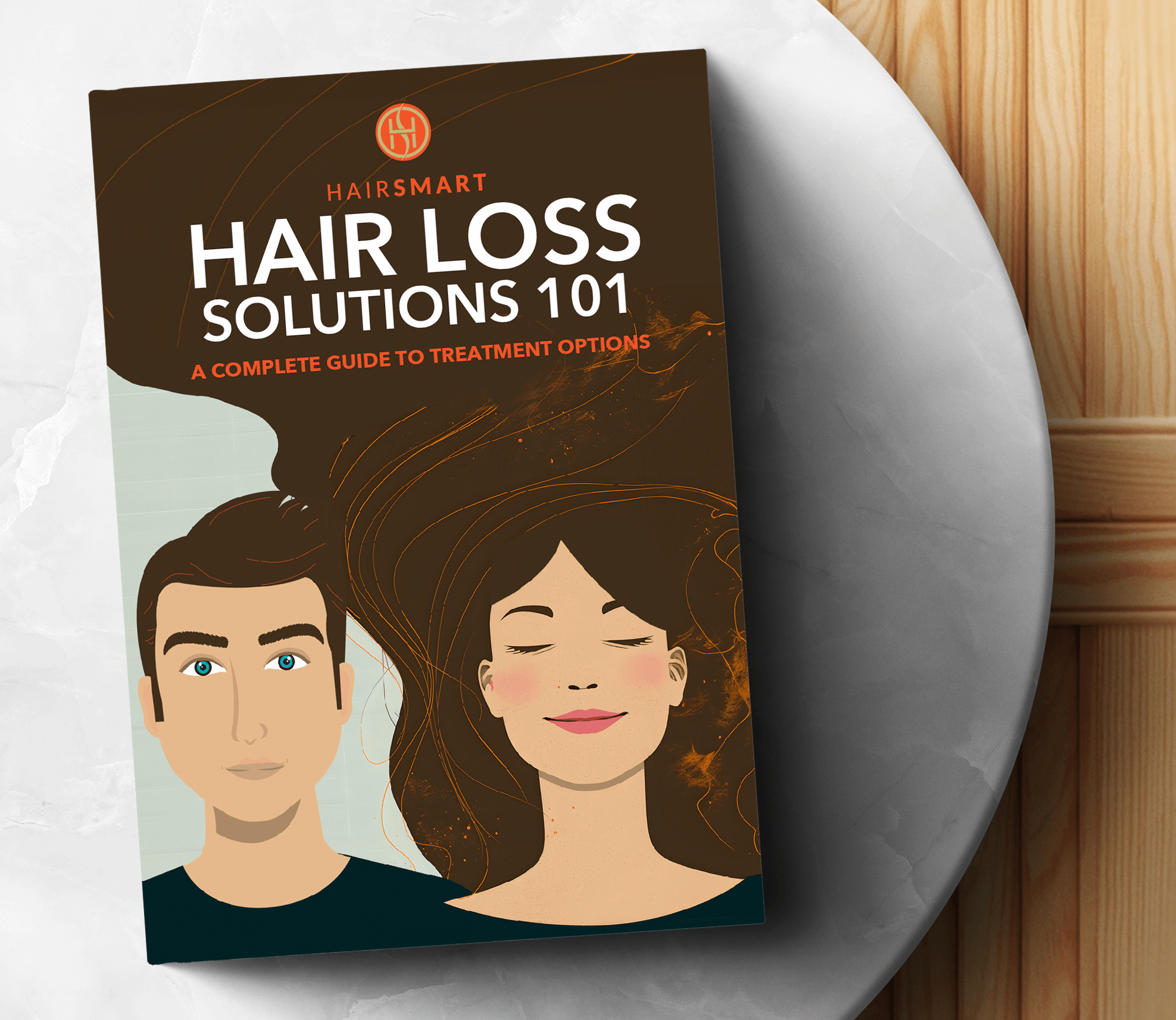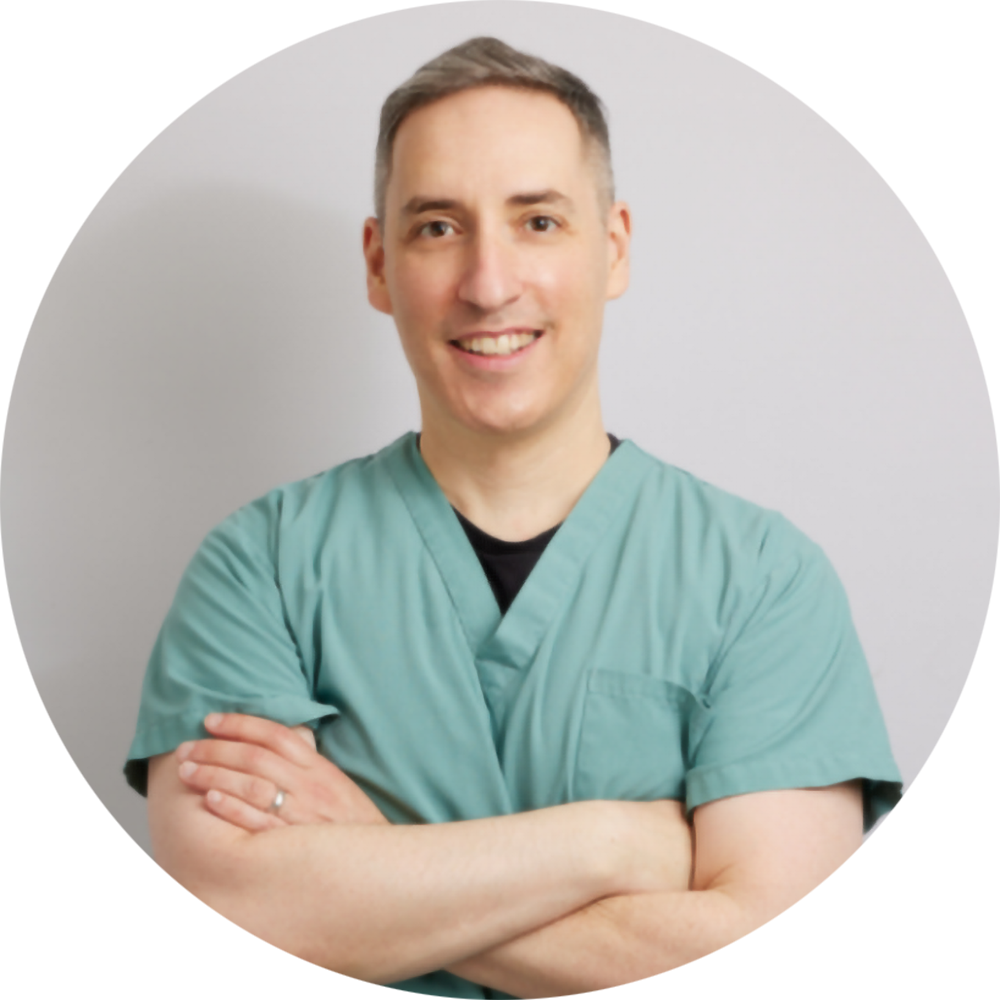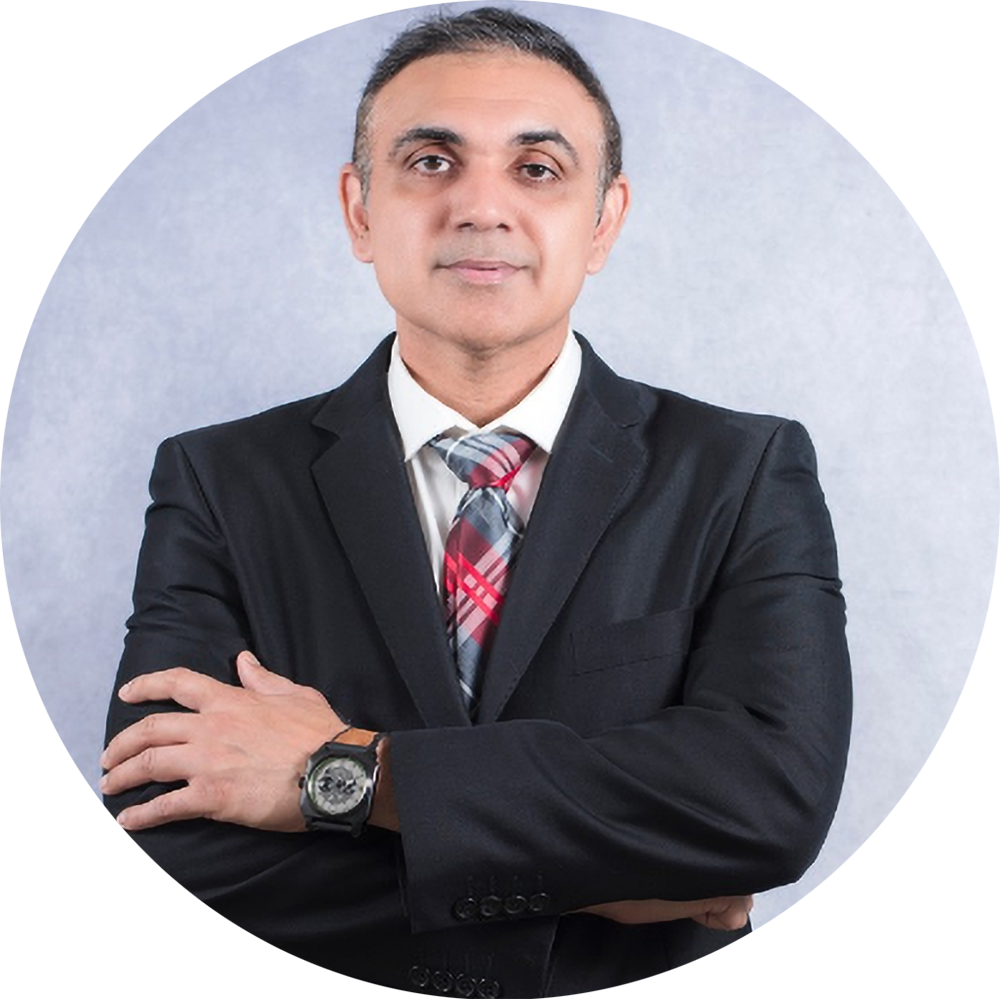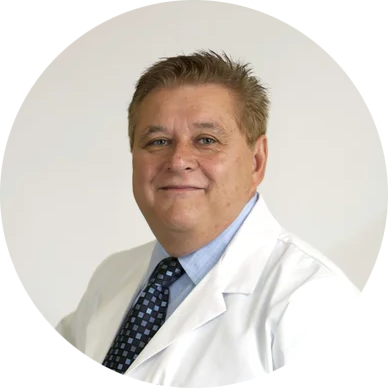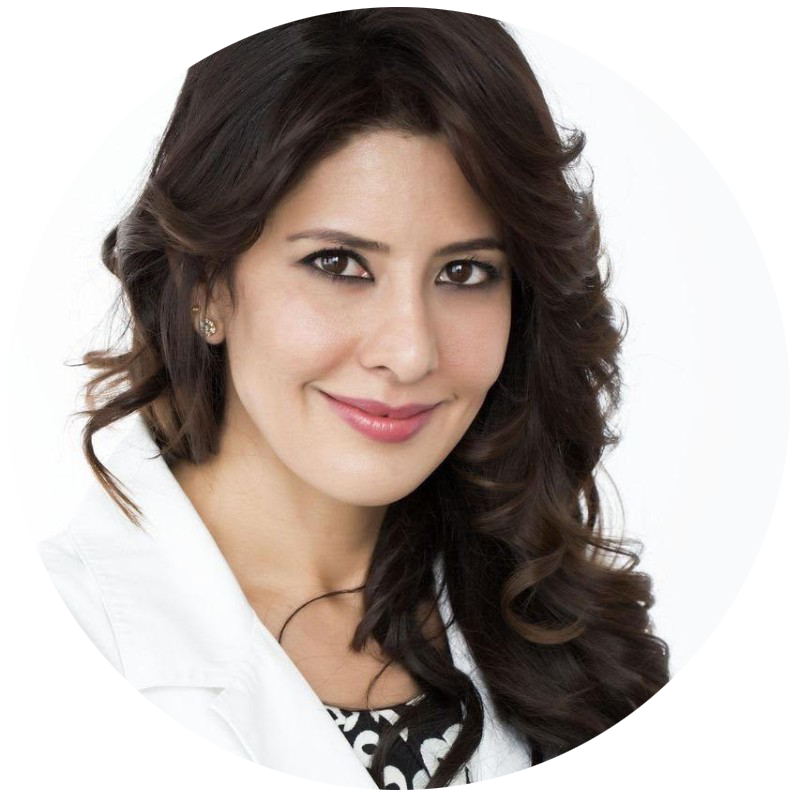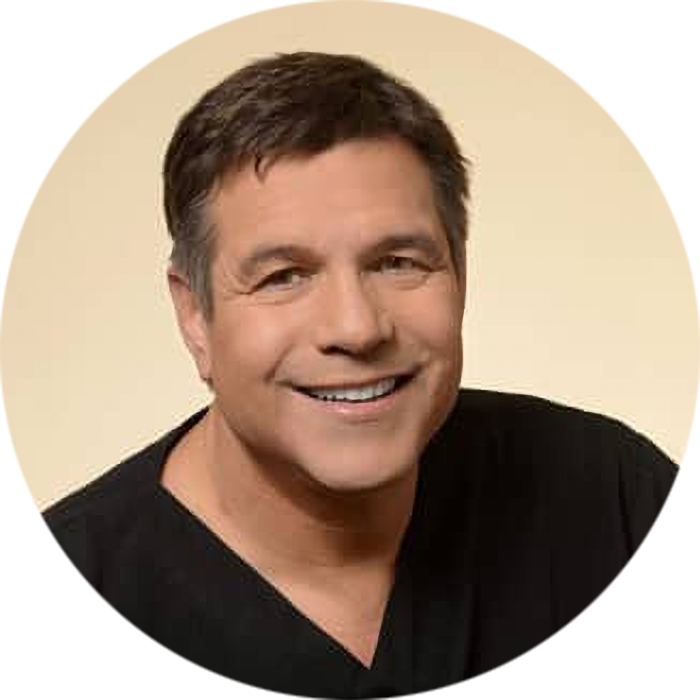Why do Women Lose Their Hair in the First Place?
Female pattern baldness is traditionally hereditary/genetic and it's more common after menopause. However, in modern times, females are also experiencing hair thinning much early on, and it's caused by many lifestyle-induced factors as well. While it's normal for women to lose 50 to 100 hairs each day, most young women experience hair thinning and hair shedding much before their hit menopause. Unlike men, women don't go bald but have overall loss of volume and thinning, including thinning in the front/hairline/temples
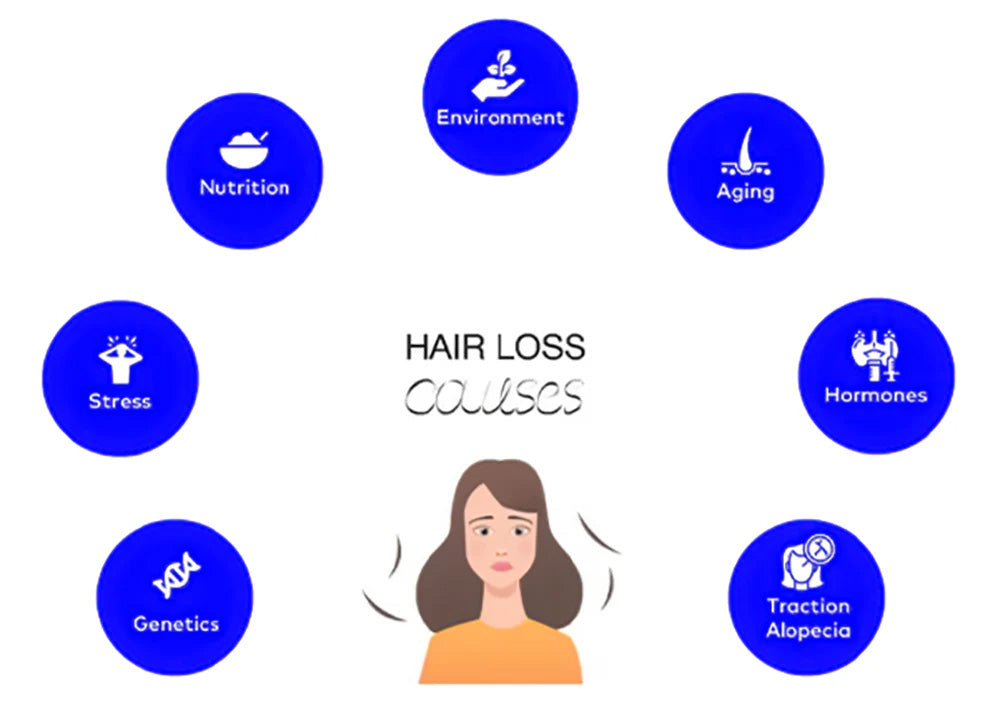
What is the Pattern of Hair Loss?
While male pattern hair loss results in balding, female pattern hair loss is characterized by diffused thinning, or loss of volume all over the scalp.
Women experience thinning around temples front hairline, widening of the part, and overall loss of volume. You will never hear 'bald', because women don't go bald, they have diffused thinning all over. This is why, women mostly verbalize their hair loss as volume loss, and overall thinning.
The good news: Hair Loss is preventable. The great news - If treated early, it's reversible.
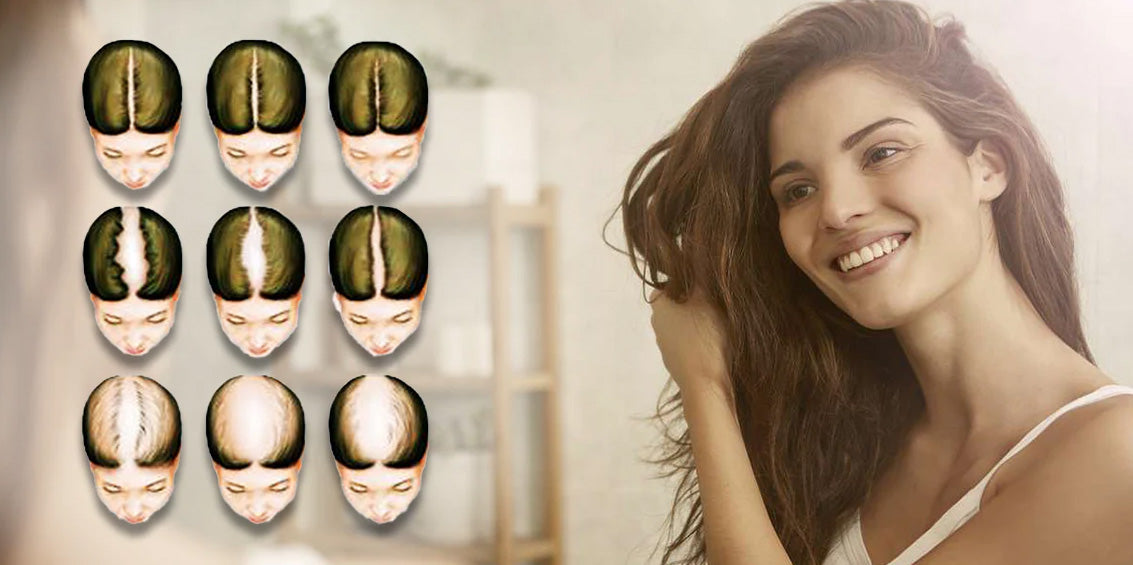
Identify Your Stage on This Chart.
EXPLORING YOUR VARIOUS OPTIONS
What Treatment Solutions are Available?
A number of treatments are available for female pattern hair loss. We have listed the ones that are backed by science, clinical trials, and research.
Plant-Based Scalp Cleansers
Plant-based scalp cleansers offer a natural alternative to conventional shampoos, gently removing buildup while nurturing hair health. Infused with botanical extracts like aloe vera and tea tree oil, they soothe the scalp, reducing irritation and promoting a balanced environment for hair growth. Free from harsh chemicals, these cleansers maintain the scalp's natural oils, leaving hair refreshed, revitalized, and contributing to long-term hair health and vitality.
Minoxidil or Plant-Based Growth Serums:
Minoxidil is FDA approved to treat pattern male and female pattern hair loss in men and women, . i.e. androgenetic alopecia or AGA. It appears to convert vellus hairs, which are sho rt, fine body hair to terminal hairs – fully developed “regular” hairs; it also appears to normalize the hair follicle, and to increase the “growth phase” of hair follicles. It is mostly applied topically on the scalp in foam, liquid or cream form. Minoxidil takes four months to one year to produce visible results. Hair loss often reoccurs when you stop taking the medication.
Hair serums represent a drug-free alternative to minoxidil, an established treatment for hair growth. These serums play a crucial role in hair care by nourishing the scalp. They boost blood circulation in the scalp, facilitating nutrient delivery to the hair follicles.
Duasteride:
Dutasteride is a prescription oral medication. It is also a DHT Blocker similar to Finasteride, and it also induces similar sexual side effects in women.It is not FDA approved. However it has been approved for treatment of pattern hair loss in several other countries, and can be prescribed off-label in the United States.
Spironolactone:
A prescription medication, which can be used to treat female pattern hair loss. Spironolactone may be taken as an oral pill, or applied topically. It works to combat hair loss by inhibiting production of androgen hormones including DHT. Spironolactone is not FDA approved for treatment of hair loss but can be prescribed off-label. It should not be used by men.
Hair Neutraceuticals
Hair Neutraceuticals and vitamins are designed to supply essential nutrients to hair follicles through the bloodstream, promoting healthy hair growth. They do this by ensuring that the hair follicles receive the necessary nourishment they require. Importantly, hair vitamins are known for their lack of any significant side effects. This makes them a safe and convenient choice for individuals looking to maintain or enhance their hair health.
Low-Level-Laser Therapy (LLLT):
Also known as Low-Level-Light Therapy, Photobiomodulation Therapy, cold laser therapy, or laser hair therapy. LLLT is an effective, safe, and versatile treatment for pattern hair loss in both men and women. Uniquely, LLLT does not involve drugs or surgery, is not associated with any serious adverse side effects, and can be used in combination with all other hair-loss treatments. More than 12 clinical trials and 300 research papers have been conducted on LLLT’s benefits, and there are more than 25 brands selling LLLT devices for hair growth. This makes LLLT the most studied and well-proven hair loss treatment in the world. Many medical hair loss professionals use laser hair therapy as an indispensable component of their treatment plan.
Platelet Rich Plasma (PRP/PRF/Exosomes):
A newer procedure for treatment of hair loss, performed in the doctor's office. PRP involves taking a small sample of blood, processing it to isolated certain cells (platelets), and re-injecting this solution into the patient's scalp. PRP is minimally invasive, generally painless, takes under an hour to complete, and can be effective in both men and women. Although research on PRP is still ongoing it is thought to promote hair re-growth via release of growth factors from the platelet cells. Other treatments such as injection of stem cells, or stromal vascular fraction may promote hair growth via a similar mechanism.
LLLT is the most recommended at-home hair growth solution by physicians. How does it work?
Low Level Light Therapy improves the nutrient supply to hair follicles and improves the cellular-level metabolism. LLLT helps push the hair from Telogen to Anagen phase, prolonging the Anagen Phase. As a result - the miniaturization process is reversed. NOT only does more hair grow out of each follicle, but the density, thickness and quality of each hair strand are improved.
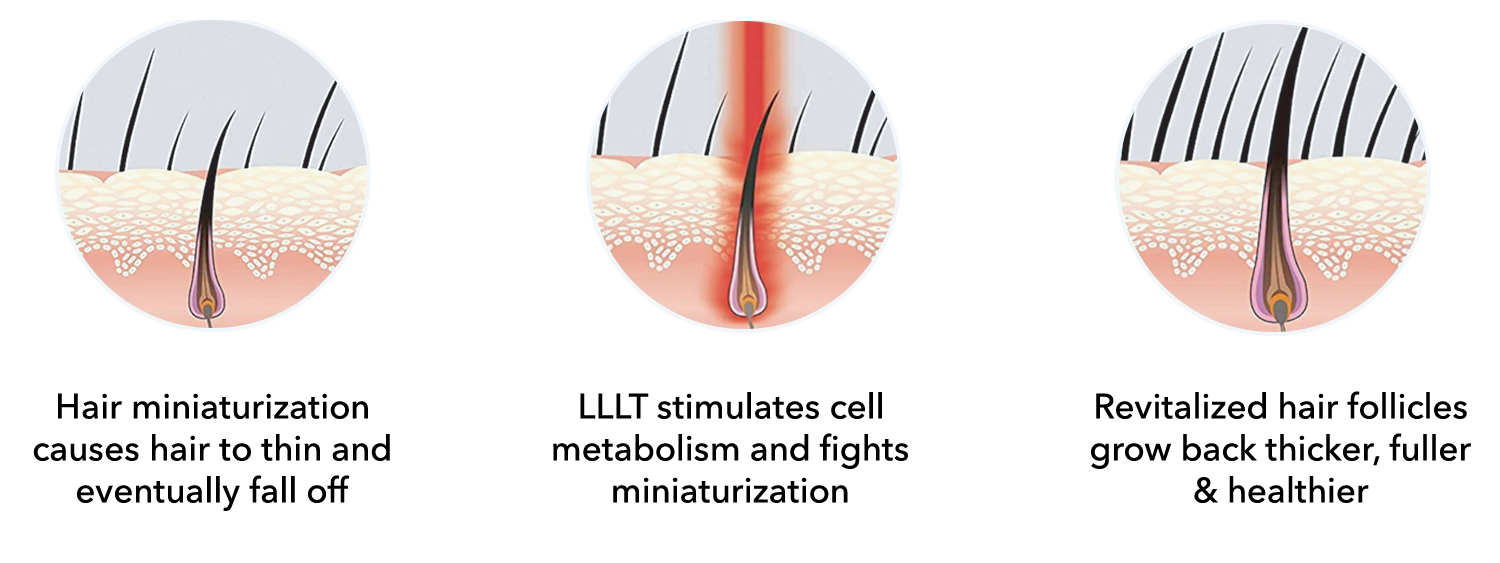
Act now, before it's too late
Early to medium stages of hair loss can be treated successfully and even reversed with HairSmart clinically proven systems. Find out which HS system is right for you.
Backed by World-Renowned Physicians and Experts
Our products and treatments are used by patients and physicians alike including these world-renowned and well-respected physicians.




